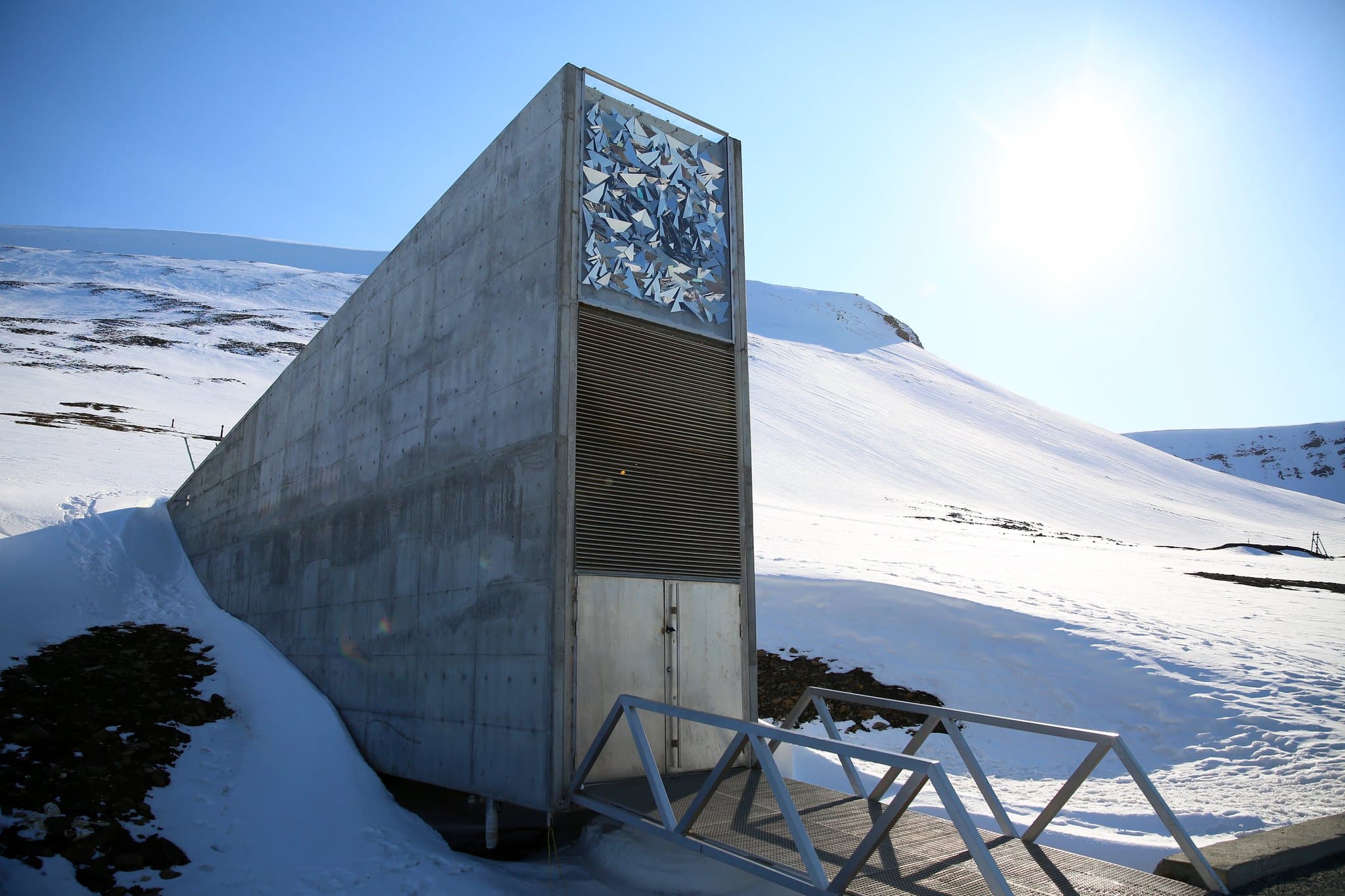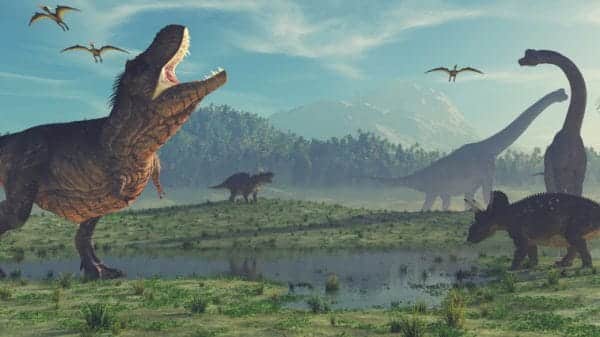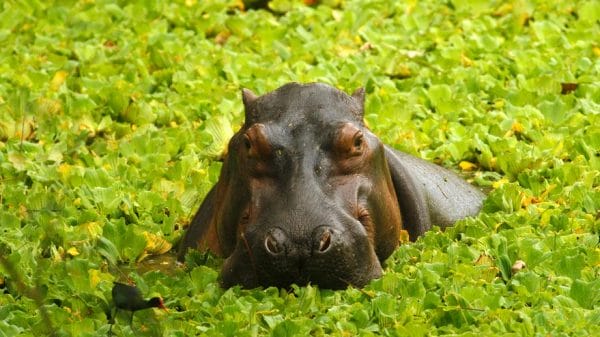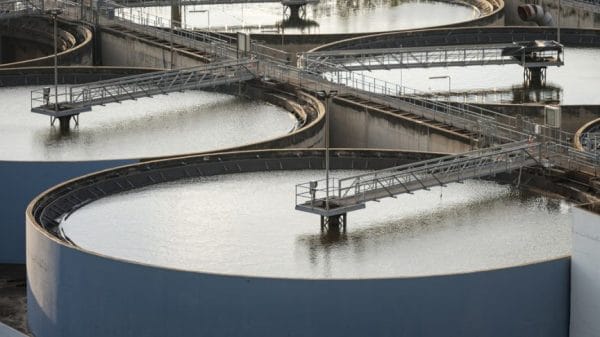Humans have long imagined and recreated movies and TV shows revolving around, what would happen if the earth was to face a large scale disaster that rendered the planet inhospitable and destroyed all food sources. Whether it’s the effects of climate change, a meteor from space (that humans somehow survive), or a nuclear war, world leaders aren’t ruling anything out. This is where the 500 feet deep vault located in the icy town of Svalbard comes in.
Despite it’s creepy, futuristic exterior, the Svalbard Global Seed Vault is equipped with everything needed to save the population from starvation in the event of a natural (or manmade) disaster. It contains millions of different seeds and has variations of almost all of the crops that are grown on earth. With room for 500 copies of each seed, this takes it to a seed capacity of a whopping 2.5 BILLION.
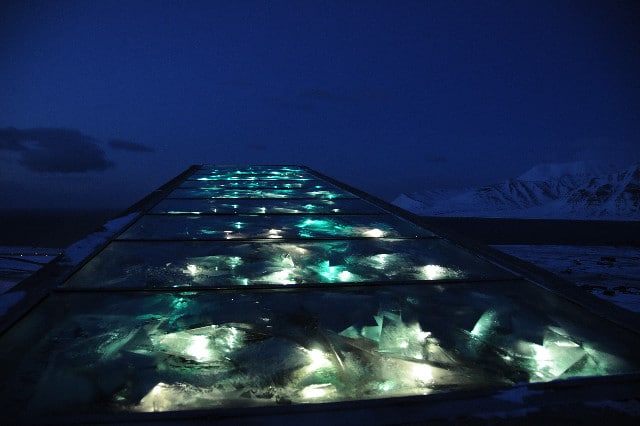
It isn’t quite at capacity yet, there are still some nations who don’t have copies of many of their native crops in the vault, and there is always room left in there for the discovery of new crops in the future. However, even with this capacity for growth, it is still the most diverse collection of food crop seeds in the world.
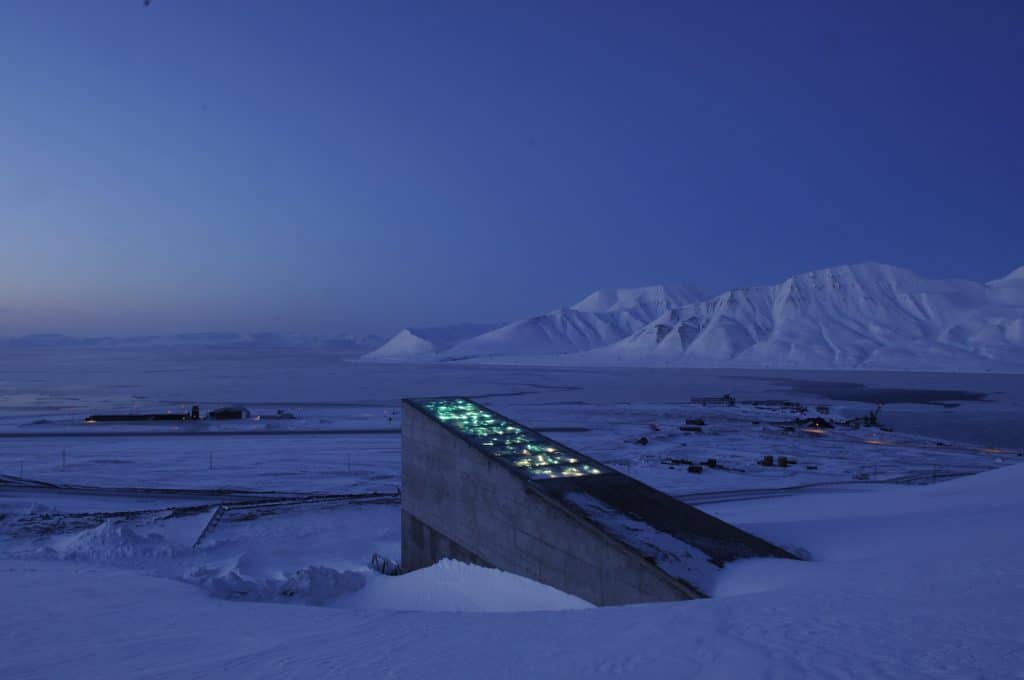
Brian Lainoff, the lead coordinator of the Crop Trust, said that “Inside the building is 13,000 years of agricultural history”, which is pretty impressive. However, he also explained that the vault is much more than a ‘doomsday’ vault being saved for an apocalyptic situation.
The vault was used as recently as 2016, to help restore a similar seed bank in Syria. The ICARDA bank in Aleppo requested 116,000 in order to restore collection that had been damaged during the destruction of the civil war.
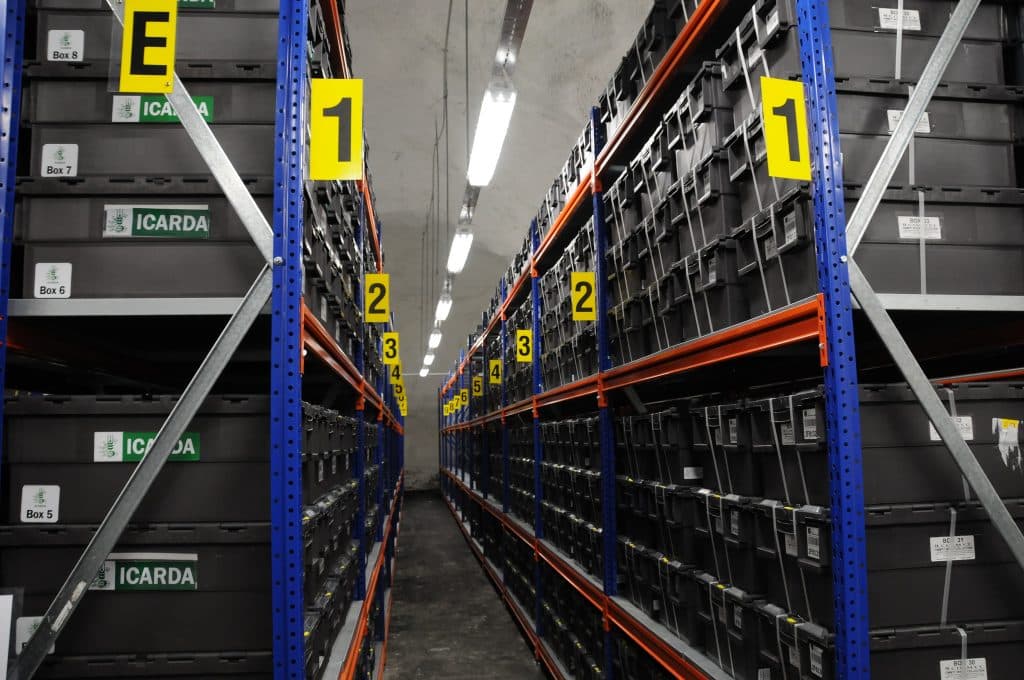
This transfer of crops between gene-banks is not uncommon, with over 1700 facilities like this existing across the globe. Many not as developed as Svalbard are subject to more problems, such as poor funding and management, and therefore are more likely to see damage occurring to their crops.
However, with so many existing in different areas of the world, it seems unlikely that all will face problems at the same time. This means that with brilliant facilities like Svalbard, we will be able to continue the transfer of seeds to safeguard our planets crops and food resources and prepare for the doomsday that hopefully won’t ever come.
The survival of the planet is a huge discussion point at the minute, and a public warning from none other than David Attenborough has broken records on social media this week. Check it out here…
Featured image via Flickr/ Global Crop Diversity Trust


